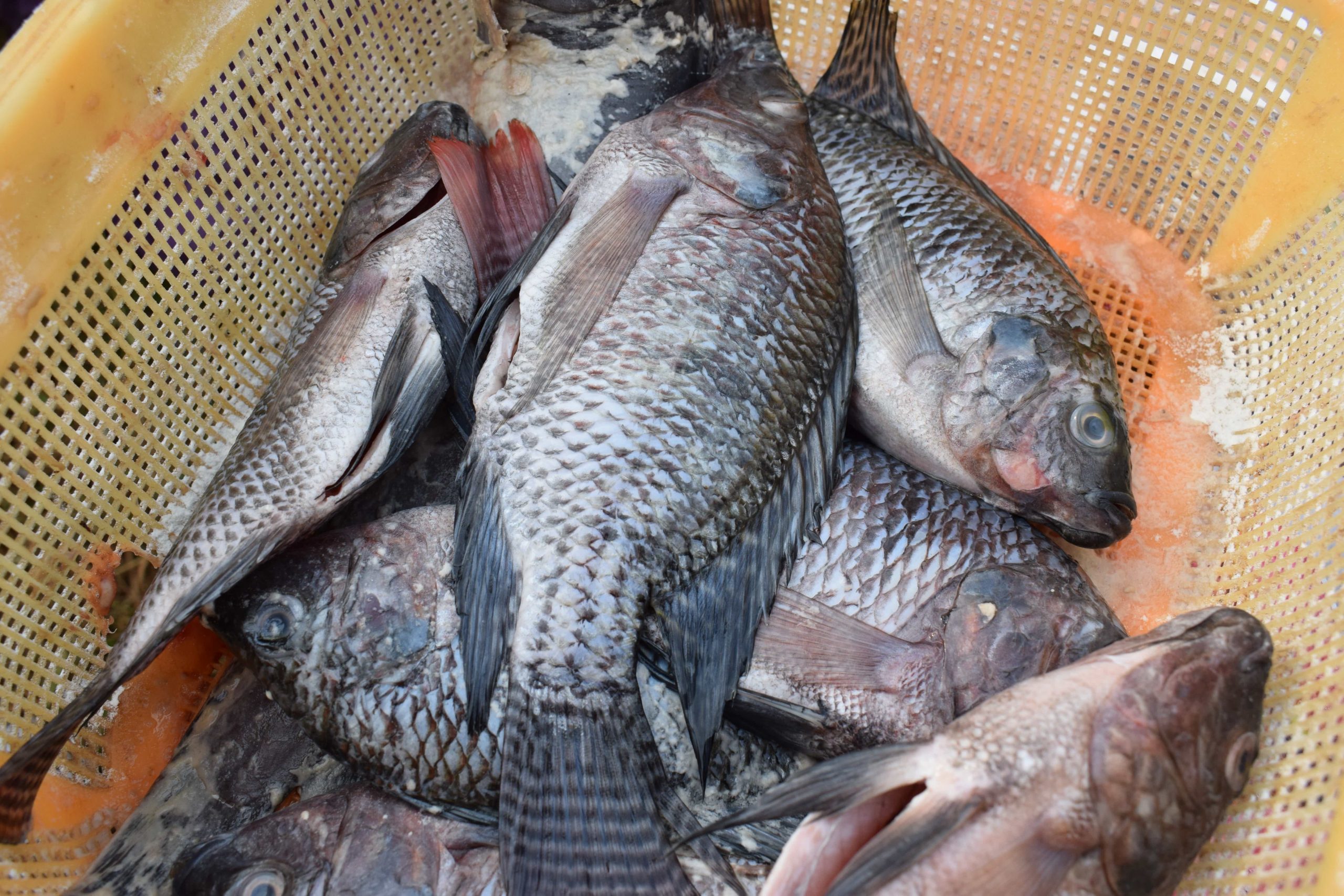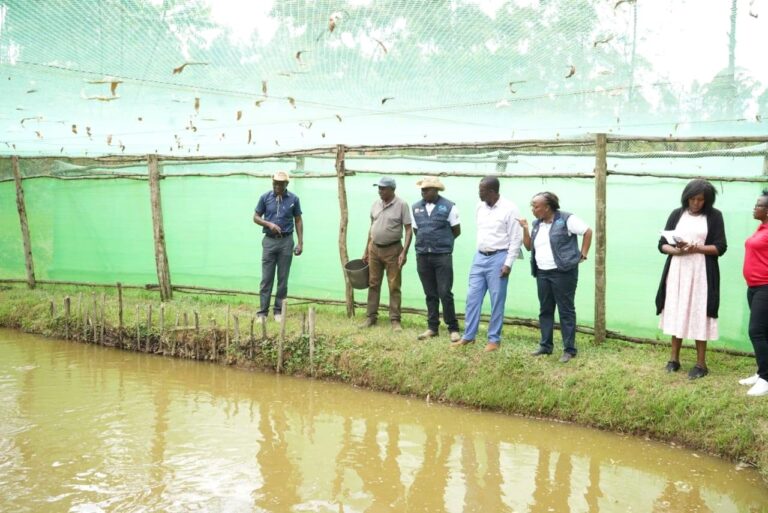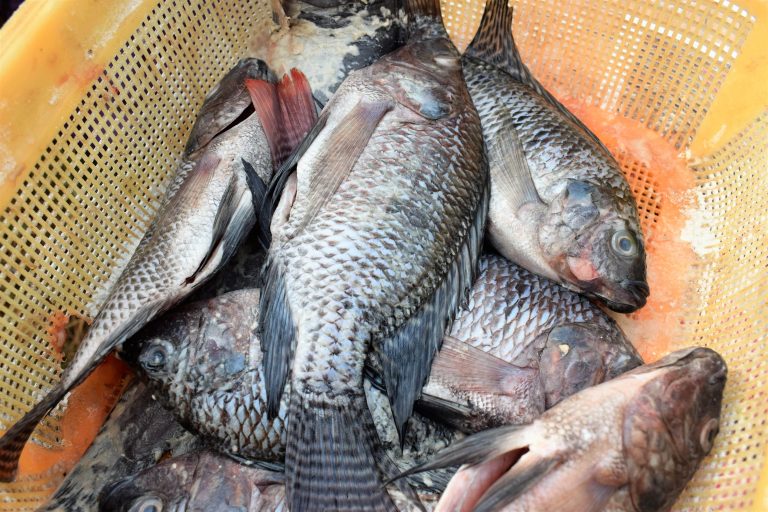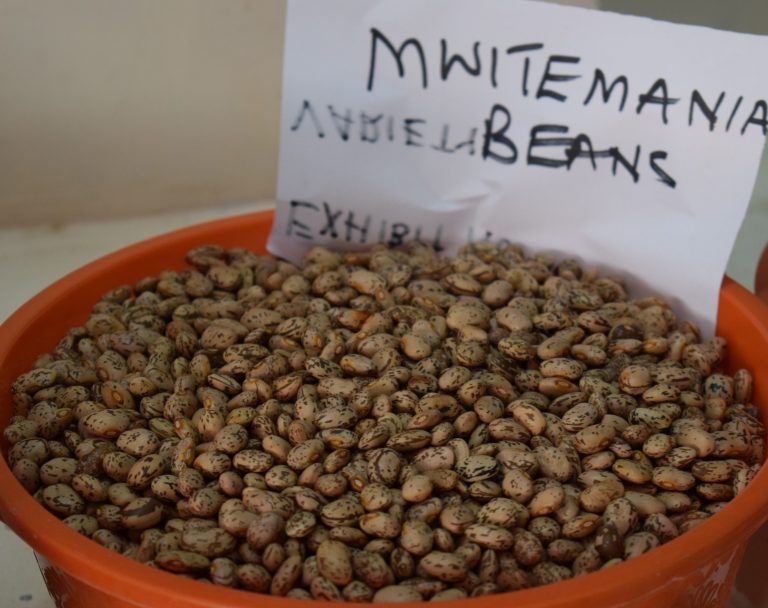Fish farming has proved popular with farmers as several government initiatives to support it have been rolled out by both National and County governments. Fish ponds are a common sight in many homes today and there are farmers making good money from the venture. While there are many factors one should consider when setting up a pond like the sight, availability of clean water and others, the way a farmer feeds the fish is what determines the final results.
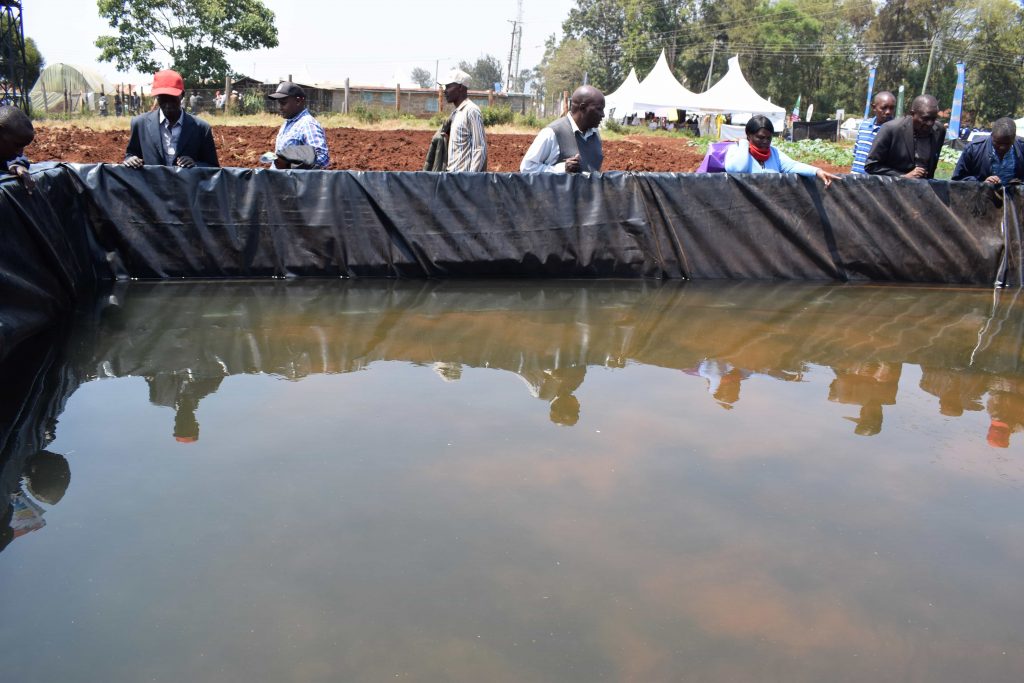
“As a fish farmer, one key skill you need to master is how to properly feed your fish,” says Samuel Gacheru a fisheries officer in Nyeri County. Gacheru says there are two types of feeding fish namely spot feeding and spread feeding which he says each has it’s own advantages and disadvantages.
“Spot Feeding is the kind of feeding practice where you pick a spot in your pond and gradually drop your feed there. Your fish will come to the spot to pick the feed and once they’re satisfied, they swim away. Most of the time, it is the shooters/jumpers fish that rush and get to the feeding spot first, and until they are satisfied, they won’t leave the spot for others,” he explains.
Gacheru says one of the advantages of this practice is that it helps you conserve feed, as you only drop new feed on the spot after the fish has consumed the feed given earlier. This method encourages body contact in the pond which can lead to fish giving each other bruises as a result of competing to get to the feeding spot first, something he points out as a key disadvantage. These bruises can later leads to cannibalism as fish attack other fish with blood on their skin for example on cat fish.
The fisheries officer recommends spot feeding as the best suitable one for younger fish like fingerlings and juvenile as it helps reduce feed wastage. Another reason is that the young fish’s fins are not yet strong enough to cause skin damages to themselves.
“The other feeding method is spread feeding where you evenly spread the feed to every part of the pond. One key advantage of this practice is that it helps all your fish to be well fed and this leads to even growth in the pond. A disadvantage of this is that, if not done properly, it will lead to feed wastage and this is something you want to always avoid on your farm. Also, this kind of feeding practice is not suitable when you’re feeding your fish with unextruded feed (sinking feed) because as you spread, some of the feed would have dissolved before the fish picked them up,” says Gacheru.
On the best feeding method, the fisheries officer observes that none of the method is superior as you need to adopt both of them at the right time. ”If you want to feed your younger fish, be it fingerlings or juvenile, spot feeding is what you should adopt as it will help you prevent wastage. Also, if you’re feeding your fish with sinking feed, spot feeding is your go-to pattern.
But once your fish start growing bigger and their fins start getting stronger, your pattern of feeding to adopt is spread feeding and the feed must be extruded feed,” he explains.
So what are the problems associated with improper fish feeding?
Gacheru: Malnutrition. Many farmers have struggled to master the right way to feed their fish. From my observation, it is because they attach less importance to this skill as they feel feeding fish is an easy task. If you are the type of farmer who doesn’t know how to feed their fish to satisfaction, then your fish will be malnourished and will struggle to grow.
- Wastage: One key factor to profitable fish farming practice is your ability to lower your expenses. As a farmer, if you cannot easily determine when your fish is satisfied and stop feeding them, you will realize that fish will just stop feeding when they’re satisfied and every excess feed you give them at that point will amount to wastage which in turn is a waste of money as it costs a fortune to buy fish feed today.
- Diseases: Every time you pour more feed than your fish can consume in your pond, you’re exposing your pond to the risk of diseases. This is because this excess feed will go and settle down on the bottom of your pond and within 24 hours, pathogens will start to grow.These pathogens, be it bacteria which cause diseases like fin rot , fungi like wooly or cottony patches and gill rot or any of them, are always the cause of various diseases in ponds. Make sure you remove any excess feed on the surface of the pond before they sink.
- Poor Water Management: Excessive feed will easily contaminate and dirty your pond water. This will force you to change your pond water often and it can really be stressful if you use a liner pond. Also, if you’re in an environment where water is hard to get like in Kieni and part of Mukurweini in Nyeri County, this may tempt you to leave the water for a longer time, and when this happens, you’re making the pond unhabitable for your fish. And a poor habitat is a threat to your fish and aquatic organisms.


